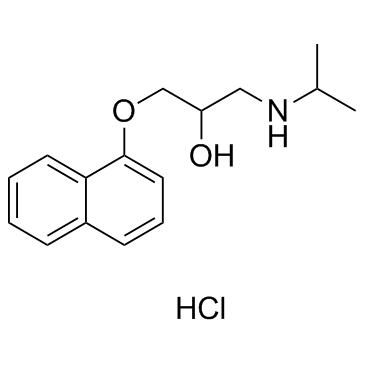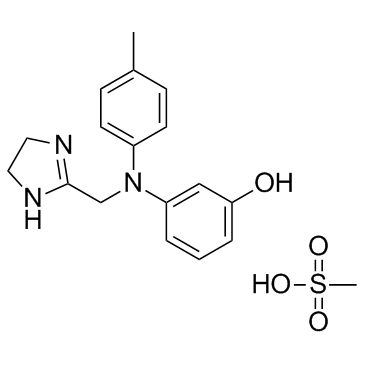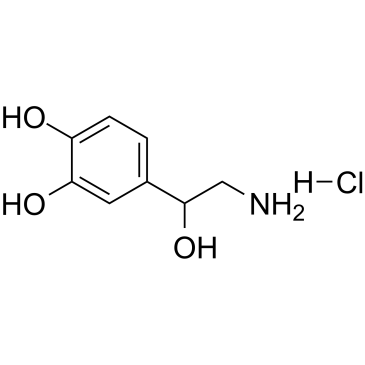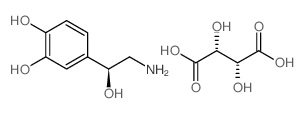| Structure | Name/CAS No. | Articles |
|---|---|---|
 |
Propranolol hydrochloride
CAS:318-98-9 |
|
 |
Norepinephrine tartrate
CAS:3414-63-9 |
|
 |
Phentolamine hydrochloride
CAS:73-05-2 |
|
 |
Phentolamine mesilate
CAS:65-28-1 |
|
 |
DL-Norepinephrine hydrochloride
CAS:55-27-6 |
|
 |
D-Norepinephrine L-Bitartrate
CAS:636-88-4 |
|
 |
Norepinephrine
CAS:51-41-2 |